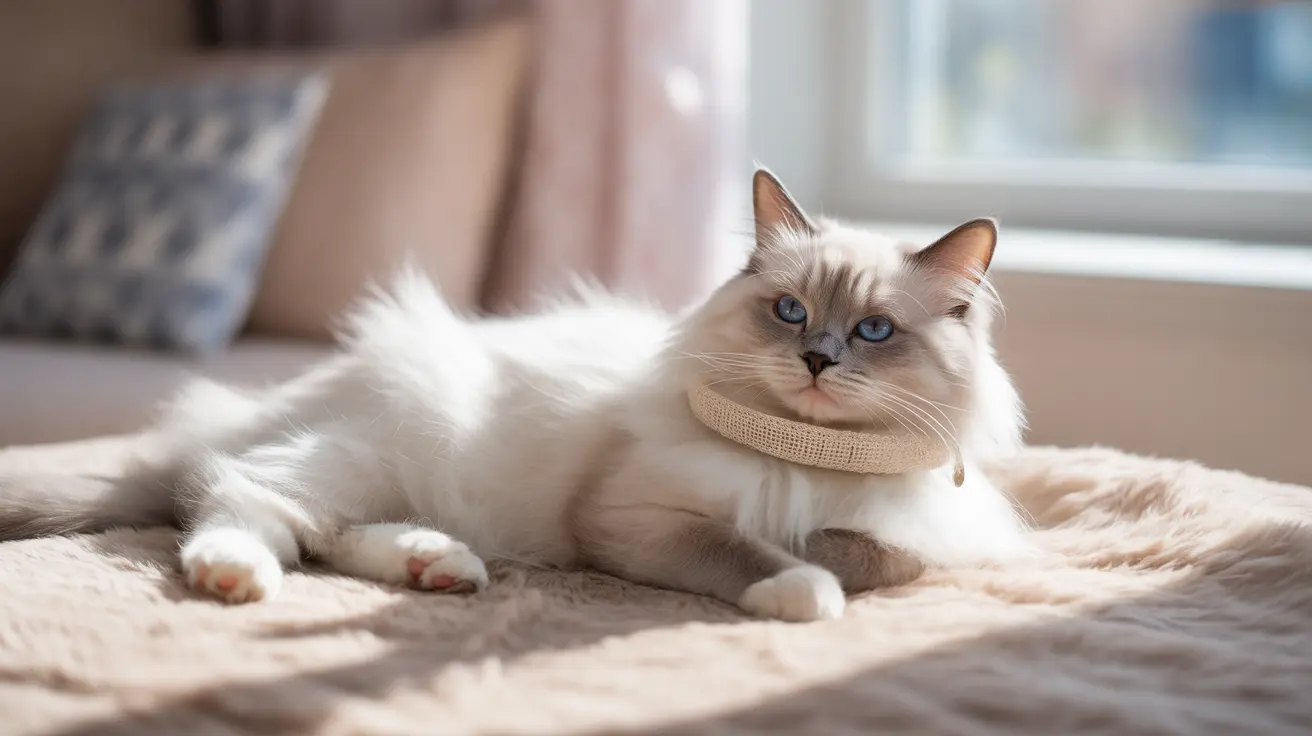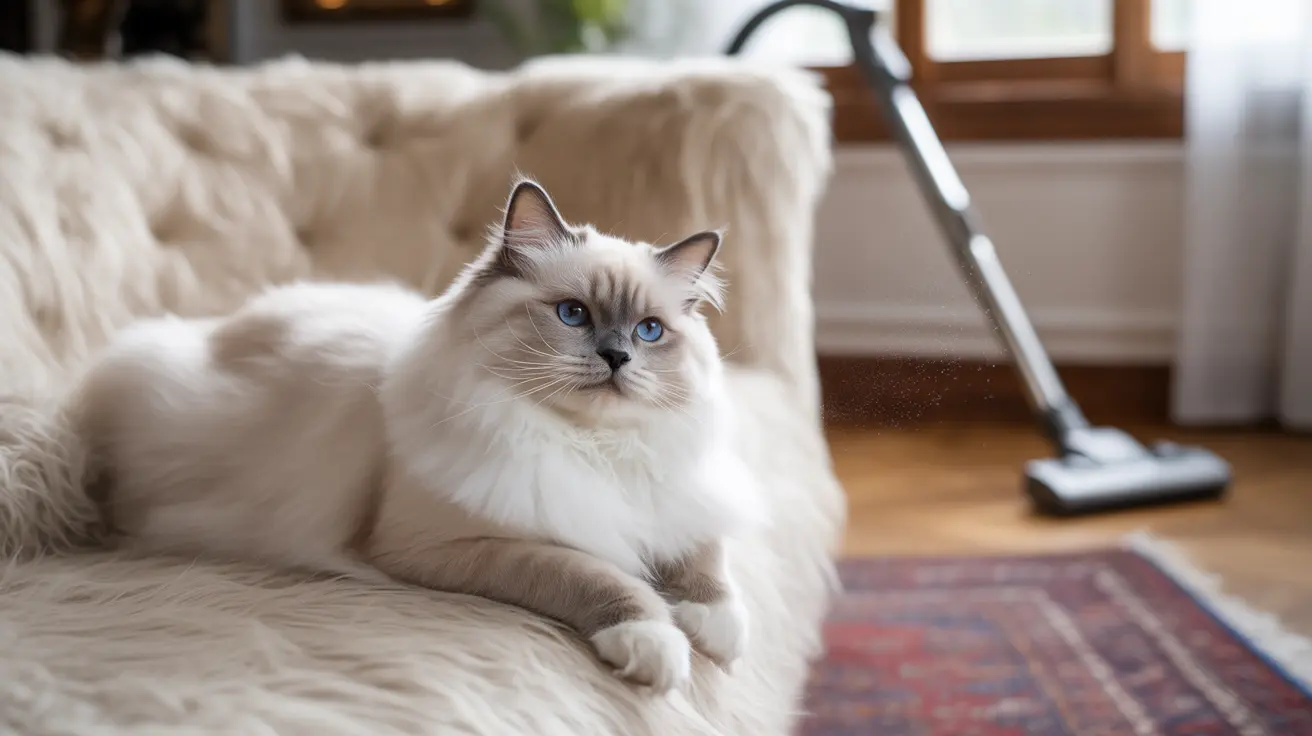The world of pet cloning has captured headlines recently, with stories of celebrity pet owners paying substantial sums to recreate their beloved companions. However, the technology behind pet cloning cost extends far beyond the wealthy elite, playing a crucial role in wildlife conservation efforts that could help save endangered species from extinction.
While most pet owners will never consider the hefty price tag associated with cloning their dogs or cats, the same scientific advances are being applied to preserve genetic diversity in critically endangered animals. This dual application of cloning technology represents both a luxury service for grieving pet owners and a potential lifeline for species on the brink of extinction.
Understanding Dog Cloning Price and Market Reality
The current pet cloning market remains highly exclusive due to its significant costs. Cloning a dog generally costs between $35,000 and $50,000, while cloning a cat typically ranges from $25,000 to $35,000. These substantial fees reflect the complex scientific processes involved and limit the service primarily to affluent pet owners who view their companions as irreplaceable family members.
Currently, fewer than 10 companies globally offer pet cloning services, with notable providers like ViaGen Pets in the United States and Sinogene in China leading the market. Statistical data reveals that dogs make up approximately 67% of cloned pets, cats account for 29%, and horses along with exotic animals comprise the remainder of cloning requests.
Pet Cloning Companies and Their Technology
The companies that clone my dog and other pets utilize sophisticated scientific processes that have evolved significantly over recent decades. These advanced pet cloning technology procedures involve extracting genetic material from the original pet and implanting it into donor eggs, which are then carried by surrogate mothers through pregnancy.
Despite the high costs, pet owners should understand important limitations. Cloned pets are genetically identical to their predecessors but may not share the original animal's personality or learned behaviors due to environmental and developmental differences. This means that while a cloned pet may look identical, their temperament and habits could vary considerably from the original.
Cloning Pets Celebrities and Public Interest
Celebrity involvement in pet cloning has brought significant public attention to the industry. High-profile cases have highlighted both the emotional motivations behind cloning decisions and the substantial financial investment required. These cases often spark broader discussions about the ethics and practicality of pet cloning technology.
However, the celebrity spotlight on pet cloning has also inadvertently raised awareness about more significant applications of the same technology in conservation efforts, where the stakes involve entire species rather than individual pets.
Conservation Cloning and Endangered Species
Perhaps the most promising application of cloning technology lies in endangered species cloning initiatives. Scientists have successfully applied these techniques to help species like the black-footed ferret and Przewalski's horse overcome genetic bottlenecks that threaten their survival.
Black-footed ferret cloning represents a particularly successful conservation story. By creating genetically diverse individuals from preserved cells of deceased animals, researchers have introduced new genetic material into populations that had become dangerously inbred. This genetic rescue cloning approach helps restore diversity that was lost due to population crashes.
Animal Cloning Ethics and Considerations
The expansion of cloning technology raises important ethical questions that apply to both pet and conservation applications. Concerns include animal welfare risks due to relatively low success rates and potential health problems in cloned animals. The process also involves surrogate mothers who may experience stress or complications during pregnancy.
Additionally, the high costs associated with pet cloning can fuel inequality in pet ownership experiences, while conservation applications must balance cloning efforts with habitat preservation initiatives. Some critics worry that focusing on cloning technology might divert attention and resources from protecting natural habitats.
Cloning and Genetic Diversity Benefits
Despite ethical concerns, cloning for wildlife conservation offers genuine benefits for genetic diversity preservation. Unlike pet cloning, which recreates a single individual, conservation cloning can strategically introduce genetic material from multiple sources to strengthen endangered populations.
This approach has proven particularly valuable for species that have experienced severe population bottlenecks, where traditional breeding programs cannot access sufficient genetic diversity to ensure long-term survival.
Frequently Asked Questions
How much does it typically cost to clone a pet dog or cat?
Cloning a dog generally costs between $35,000 and $50,000, while cloning a cat typically ranges from $25,000 to $35,000, making it a service mostly accessible to affluent pet owners.
Can cloning a pet recreate the original's personality and behavior?
No, cloned pets are genetically identical but may not share the original animal's personality or learned behaviors due to environmental and developmental differences.
What companies currently provide pet cloning services and which animals do they clone?
Fewer than 10 companies globally offer pet cloning, with notable providers like ViaGen Pets in the US and Sinogene in China. Dogs make up about 67% of cloned pets, cats 29%, and horses and exotic animals the remainder.
How is cloning used to help conserve endangered species?
Cloning preserves genetic diversity and aids recovery by creating genetically diverse individuals from preserved cells, helping endangered species like the black-footed ferret and Przewalski's horse overcome genetic bottlenecks.
What are the main ethical concerns around pet and conservation cloning?
Concerns include animal welfare risks due to low success rates and health problems, suffering of surrogate mothers, high costs fueling inequality, identity and naturalness issues, and fears that cloning may detract from habitat preservation efforts.






